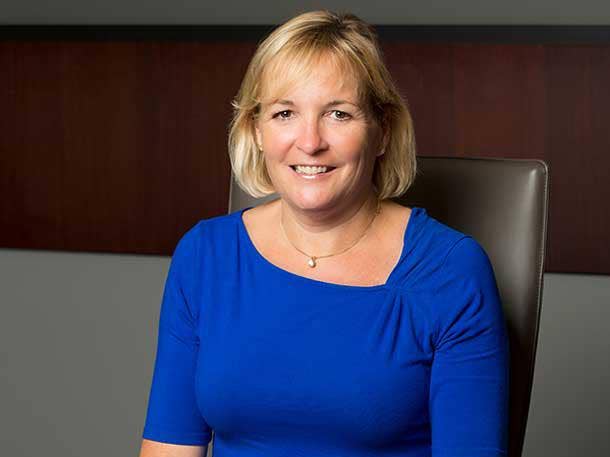5 Things Partners Need To Know About The Game-Changing Dell Technologies Advantage Framework

The Dell Technologies Advantage framework is set to change the way partners interact, operate and sell within the Dell Technologies family, while making it easier for customers to consume the entire Dell technology stack.
Leading this monumental change in driving cross-selling to the next level is channel chief Joyce Mullen, who boosted channel revenue in 2018 to represent more than 50 percent of Dell Technologies’ overall sales. Mullen said the Dell Technologies Advantage will without a doubt open the door for solution providers to sell fuller Dell solutions, increase their profitability and help displace competitive products.
Mullen, Dell’s president of Global Channel, OEM and IoT, breaks down five key things partners need to know about the new program.
1. Certification Simplification
The Dell Technologies Advantage framework aims to reduce certification repetitiveness and training across the Dell Technologies family of businesses—including Dell, Dell EMC, VMware, Secureworks, Pivotal, RSA and Virtustream—to save partners money, time and energy. For example, if a VMware partner is certified in hyper-converged infrastructure capabilities, it doesn’t have to take similar training under the Dell EMC partner program to sell a hyper-converged infrastructure solution.
“If you take training around VMware capabilities, you don’t have to take it again to satisfy the Dell EMC program,” said Mullen. “Or if you think about Pivotal Ready Architecture or Kubernetes, you might take that inside the Pivotal program, so you won’t have to retake that inside the VMware program. This should make it a whole lot easier to enable partners to participate across all these products and categories.”
2. Joint Program Tiering
Mullen said another benefit partners will reap is the ability to achieve top-tier incentives across the Dell Technologies family, regardless of a solution provider’s status inside an individual business. “So if you qualify in a certain tier, that gives you an opportunity to do more despite the fact that maybe you might not have tier status in VMware if you’re already a Dell EMC Titanium partner,” said Mullen. “For example, if you have top tier in VMware it will give you access to some of the capabilities, skills and opportunities as a higher-level partner in the Dell EMC program. We’re trying to figure out how to share those designations to help our partners shortcut some of the processes.”
3. Individual Partner Programs Will Stay Intact
Each of the Dell Technologies businesses will continue to have its own individual partner program, Mullen said, adding that it will be key to avoiding confusion and complexity in the channel. “VMware needs to have its own partner program. Pivotal needs to have its own partner program. Secureworks is building a partner program. All of those need to have an independent partner program, but we’re putting them together in a kind of ‘one-world’ type alliance and allowing our affiliates to work together,” she said.
4. Channel Sales Will Jump To The Next Level
The ultimate goal of the new framework is to allow partners to make more money by selling more Dell lines of business and penetrating deeper into customer environments through a onestop-shop IT provider.
“The goal in 2019 is for partners to go broader and deeper in the portfolio, and broader and deeper into their customers,” Mullen said. “Partners and customers are not sitting around thinking, ‘Boy, I wish I could do more business with more vendors.’ … Partners who sell three lines of business grow 20 times faster than partners who sell one with us—that’s huge. Rebates get bigger. Our rebate structure is base rebates and behavioral rebates. You get more if you grow faster.”
5. Already In Pilot Mode
There are three solution providers and three alliance partners taking part in the pilot program today, with plans to add more partners throughout the year, Mullen said. She is expecting the program to become available to the broader channel next year. “We expect to expand it in the first half of the year and include more partners and include some from outside of the U.S. as well,” she said. “We’re working out a whole bunch of kinks around the operational activities associated with the program in 2019. Then we expect to be fully operational in 2020.